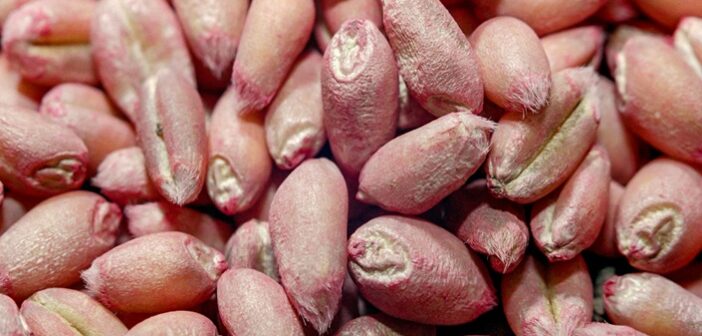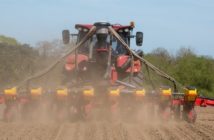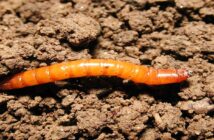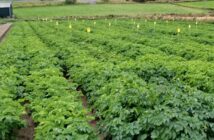Before planting over-yeared winter wheat seed growers need to check condition this autumn to ensure plant populations do not disappoint.
That’s the advice of Certis Belchim’s seed expert Adam Nears, who says there is likely to be a reasonable quantity of seed carried over from last autumn following many months of wet weather.
“Growers worked hard to take drilling opportunities as they occurred, but there is still a proportion of winter wheat seed sat in sheds this summer. There’s no reason why it shouldn’t be used this year, but it will need a health check and must be drilled into the most appropriate situation for successful establishment.”
Testing seed worthwhile
Adam believes the most important piece of advice is to get samples of over-yeared seed germination tested.
Stored in a dry, and rodent free grain store, any loss of germination should be minimal, but where seed has been kept in suboptimal conditions it can be significant.
“Reductions of 10-20% are common, but in much poorer conditions, where moisture or rodents and insect pests are present, for example, the figure can be much higher.”
Seed merchants offer germination tests for customers, or samples can be sent to an independent laboratory like NIAB, which charges about £60/sample.
NIAB’s basic analysis includes germination, thousand grain weight and a seed rate chart, to ensure establishment hits the target plant population.
Adam says that conventional seed treatments may have been applied to the seed, like a single purpose dressing (SPD), with or without take-all product Latitude (silthiofam).
These treatments have no negative effect on seed viability and the active substances will remain effective when sown within 12 months of treatment.
Where the germination of a treated seed lot is found to be poor, growers should not be tempted to dump or burn treated seed, as regulations stipulate that it must be disposed of by a specialist contractor, but this comes at a price.
“By far the safest and most economical way of dealing with any over-yeared treated seed is to plant it, even if you need to use a very heavy seed rate,” says Adam.
Right seed, right place
A final consideration is the situation into which you are planting over-yeared seed.
Mobile seed cleaning and dressing contractors cannot run treated seed through their equipment a second time to apply additional treatments.
So, if seed is only treated with an SPD, Adam cautions against planting into a field where take-all risk is high, such as a second or third wheat, as the crop won’t be protected against the potentially devastating soil-borne pathogen.
“It would be best to plant into a lower risk first wheat situation and use fresh seed treated with an SPD + Latitude in the second wheat slot, where Latitude typically gives a 0.55t/ha yield response.
“The wet and mild winter, followed by a wet spring, plus the abundance of grassweeds that host take-all inevitably means the build of inoculum poses a significant risk to susceptible following crops.”




